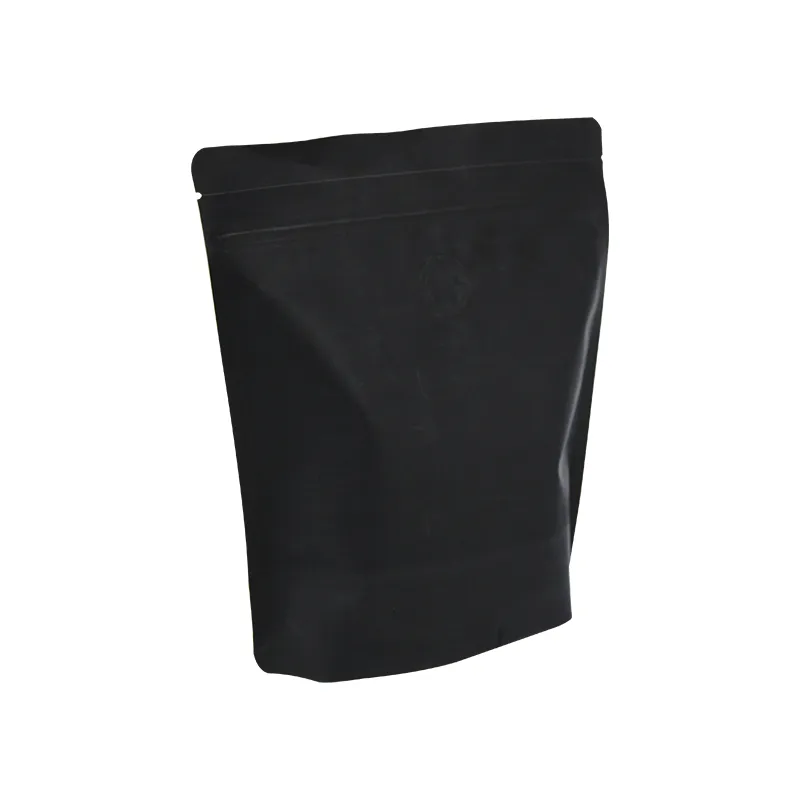- Afrikaans
- Albanian
- Amharic
- Arabic
- Armenian
- Azerbaijani
- Basque
- Belarusian
- Bengali
- Bosnian
- Bulgarian
- Catalan
- Cebuano
- chinese_simplified
- chinese_traditional
- Corsican
- Croatian
- Czech
- Danish
- Dutch
- English
- Esperanto
- Estonian
- Finnish
- French
- Frisian
- Galician
- Georgian
- German
- Greek
- Gujarati
- haitian_creole
- hausa
- hawaiian
- Hebrew
- Hindi
- Miao
- Hungarian
- Icelandic
- igbo
- Indonesian
- irish
- Italian
- Japanese
- Javanese
- Kannada
- kazakh
- Khmer
- Rwandese
- Korean
- Kurdish
- Kyrgyz
- Lao
- Latin
- Latvian
- Lithuanian
- Luxembourgish
- Macedonian
- Malgashi
- Malay
- Malayalam
- Maltese
- Maori
- Marathi
- Mongolian
- Myanmar
- Nepali
- Norwegian
- Norwegian
- Occitan
- Pashto
- Persian
- Polish
- Portuguese
- Punjabi
- Romanian
- Russian
- Samoan
- scottish-gaelic
- Serbian
- Sesotho
- Shona
- Sindhi
- Sinhala
- Slovak
- Slovenian
- Somali
- Spanish
- Sundanese
- Swahili
- Swedish
- Tagalog
- Tajik
- Tamil
- Tatar
- Telugu
- Thai
- Turkish
- Turkmen
- Ukrainian
- Urdu
- Uighur
- Uzbek
- Vietnamese
- Welsh
- Bantu
- Yiddish
- Yoruba
- Zulu
Innovative Solutions for Electronic Packaging Design and Development
The Role of Electronic Packages in Modern Technology
In today's rapidly evolving technological landscape, electronic packages serve a crucial role in the functioning and effectiveness of electronic devices
. As the demand for smaller, faster, and more powerful gadgets increases, the design and packaging of electronic components have become a pivotal area of innovation in the electronics industry.Electronic packaging refers to the enclosure or container that houses electronic components such as chips, circuit boards, and other integrated systems. This packaging not only protects these sensitive components from environmental factors like moisture, dust, and mechanical stress but also facilitates the efficient thermal management and electrical connectivity necessary for optimal performance. The evolution of electronic packaging has been driven by the need to adapt to increasingly complex designs while adhering to miniaturization trends.
One of the key advancements in electronic packaging is the reduction in size without compromising functionality. The miniaturization of electronic components has enabled manufacturers to create smaller devices, allowing for the integration of multiple functionalities into a single unit. For instance, smartphones now possess capabilities that once required bulky equipment. This shift demands innovative packaging solutions to ensure that all components work harmoniously without overheating or degrading performance.
In addition to size reduction, modern electronic packaging solutions incorporate advanced materials and technologies to enhance durability and reliability. Materials such as thermally conductive polymers, ceramics, and advanced composites are now commonly used to ensure that packages can dissipate heat efficiently. Heat management is critical in electronic design, as excessive temperature can lead to component failure. Effective thermal management integrated into the packaging design not only prolongs the lifespan of the device but also improves overall performance.
electronic package

Moreover, as the Internet of Things (IoT) continues to gain traction, the importance of electronic packaging becomes even more pronounced. IoT devices often operate in diverse and unpredictable environments, necessitating robust packaging solutions that can safeguard against a wide range of conditions. Electronic packages must be designed to accommodate smart sensors and connectivity components while ensuring they remain energy-efficient and cost-effective.
The rise of sustainable practices also impacts electronic packaging. The growing concern for the environment has prompted manufacturers to seek eco-friendly packaging materials and designs. More businesses are focusing on using recyclable materials and minimizing waste in the packaging process. This trend is transforming how electronic packages are designed and produced, with sustainability becoming a significant factor in consumer choices.
In the realm of consumer electronics, electronic packaging often acts as the first point of interaction for users. Aesthetically pleasing and functional packaging can significantly influence a consumer’s perception of a product. Manufacturers invest in appealing designs that not only protect the device but also enhance the user experience. User-friendly packaging can facilitate easy unpacking, setup, and maintenance, ultimately shaping customer satisfaction and brand loyalty.
Looking ahead, the future of electronic packaging will likely be shaped by advancements in artificial intelligence, machine learning, and nanotechnology. These technologies offer new opportunities for optimizing packaging designs, improving manufacturing processes, and enabling smarter and more adaptable electronic devices. As we move towards an increasingly interconnected world, the role of electronic packaging will continue to expand and evolve.
In conclusion, electronic packages are essential components that contribute significantly to the functionality, durability, and consumer appeal of electronic devices. As technology advances, so will the strategies for packaging these innovations, reflecting the changing needs and preferences of users worldwide. The ongoing research and development in this field will ensure that electronic packages will not only meet the demands of modern technology but also pave the way for a more sustainable and efficient future.













